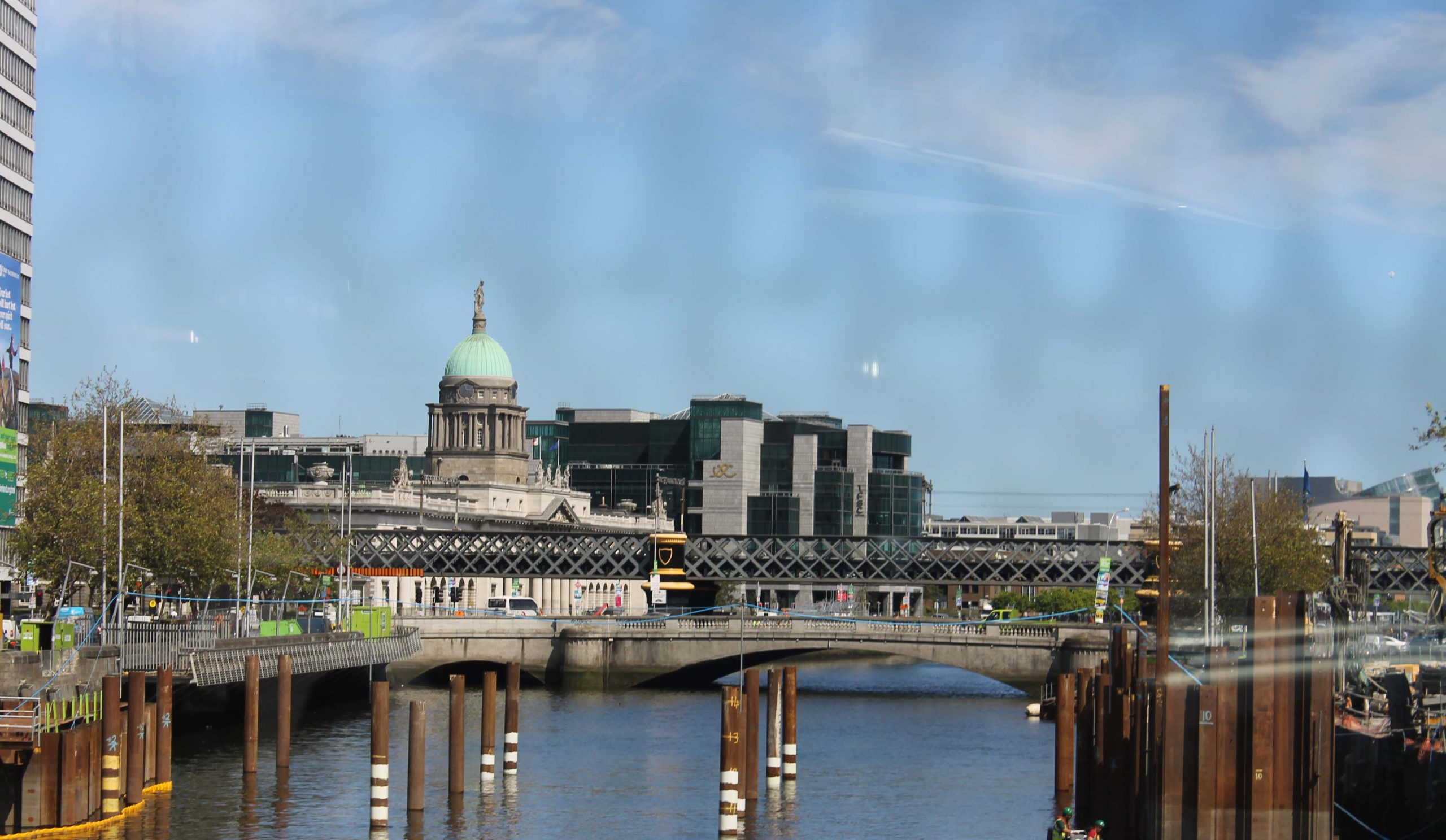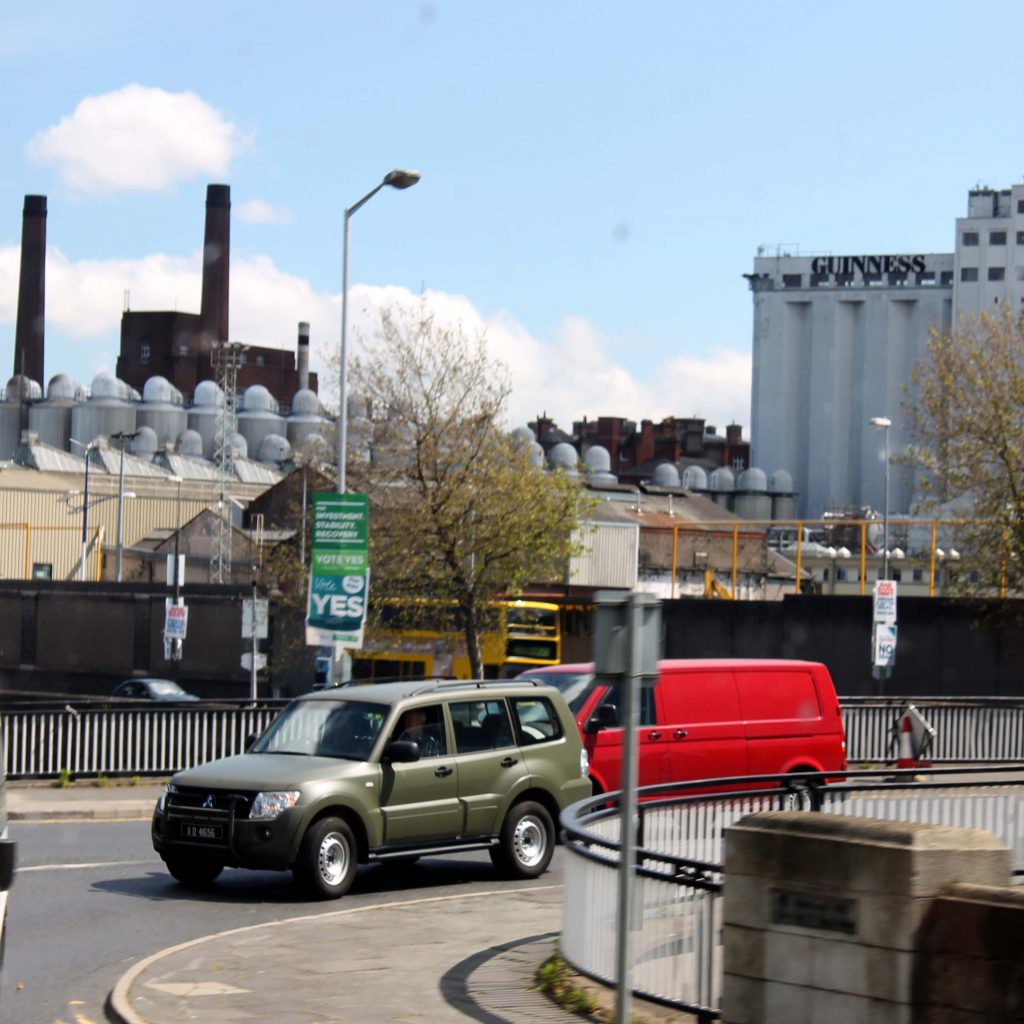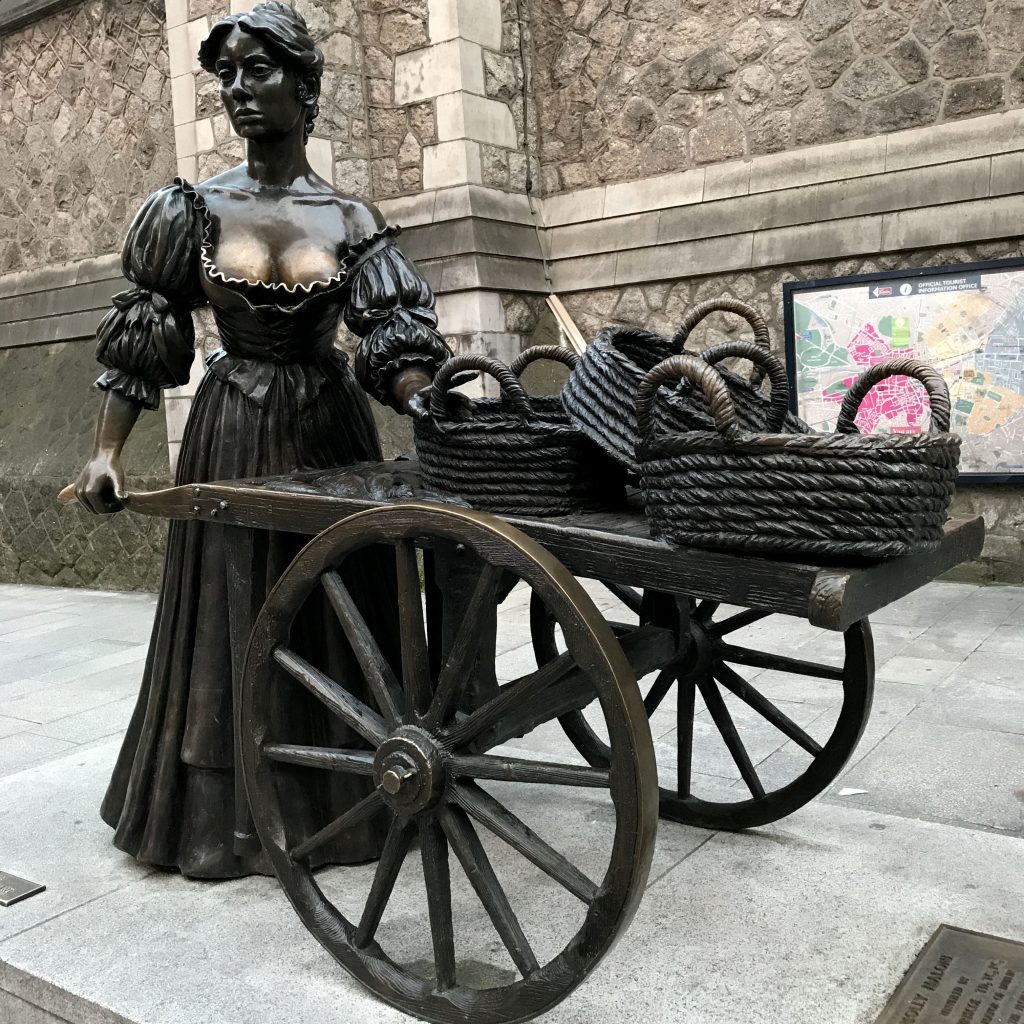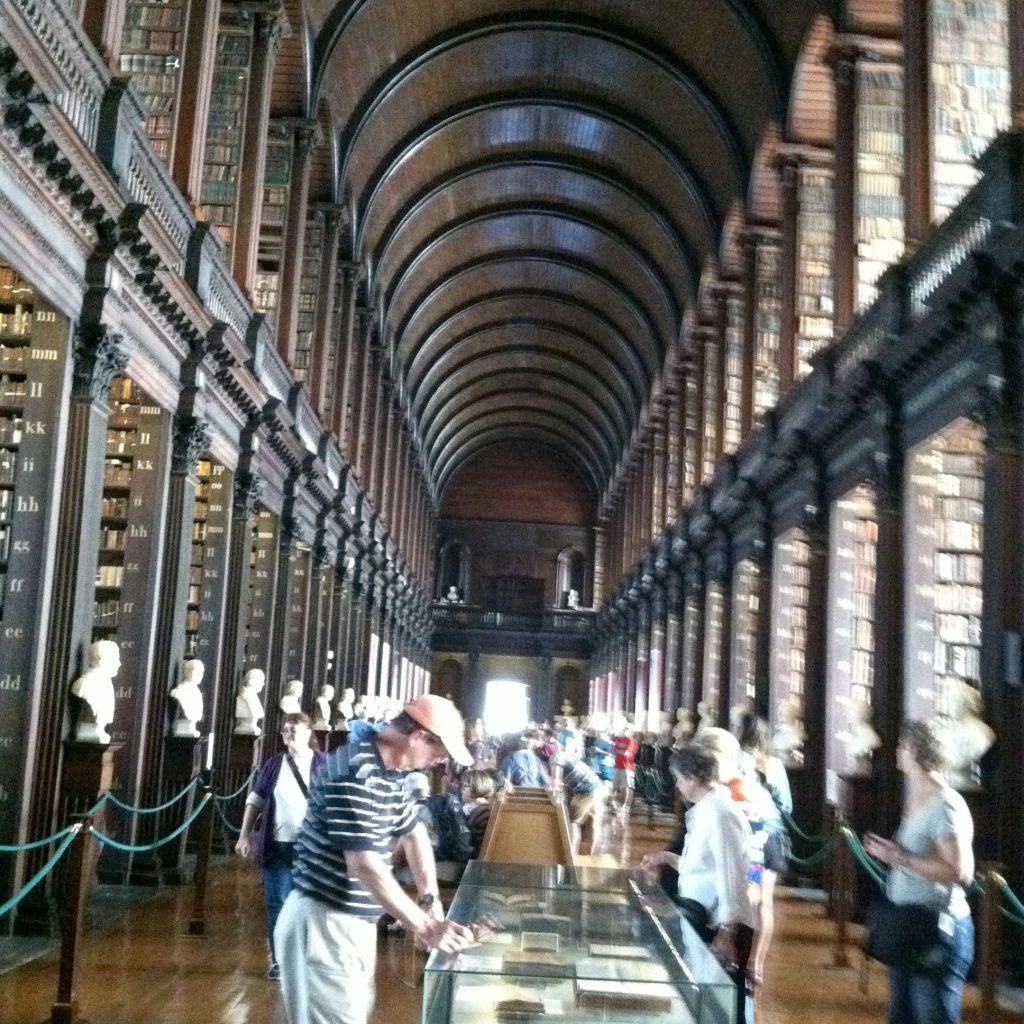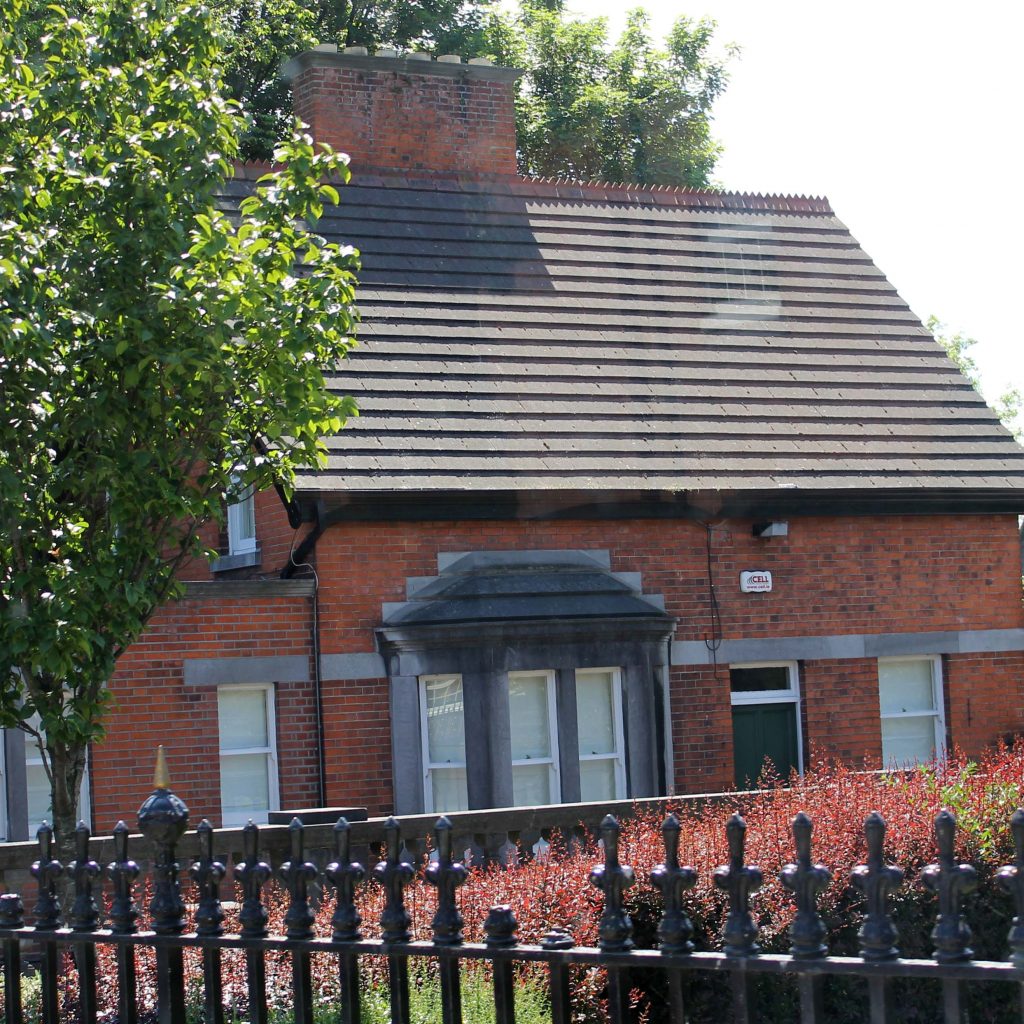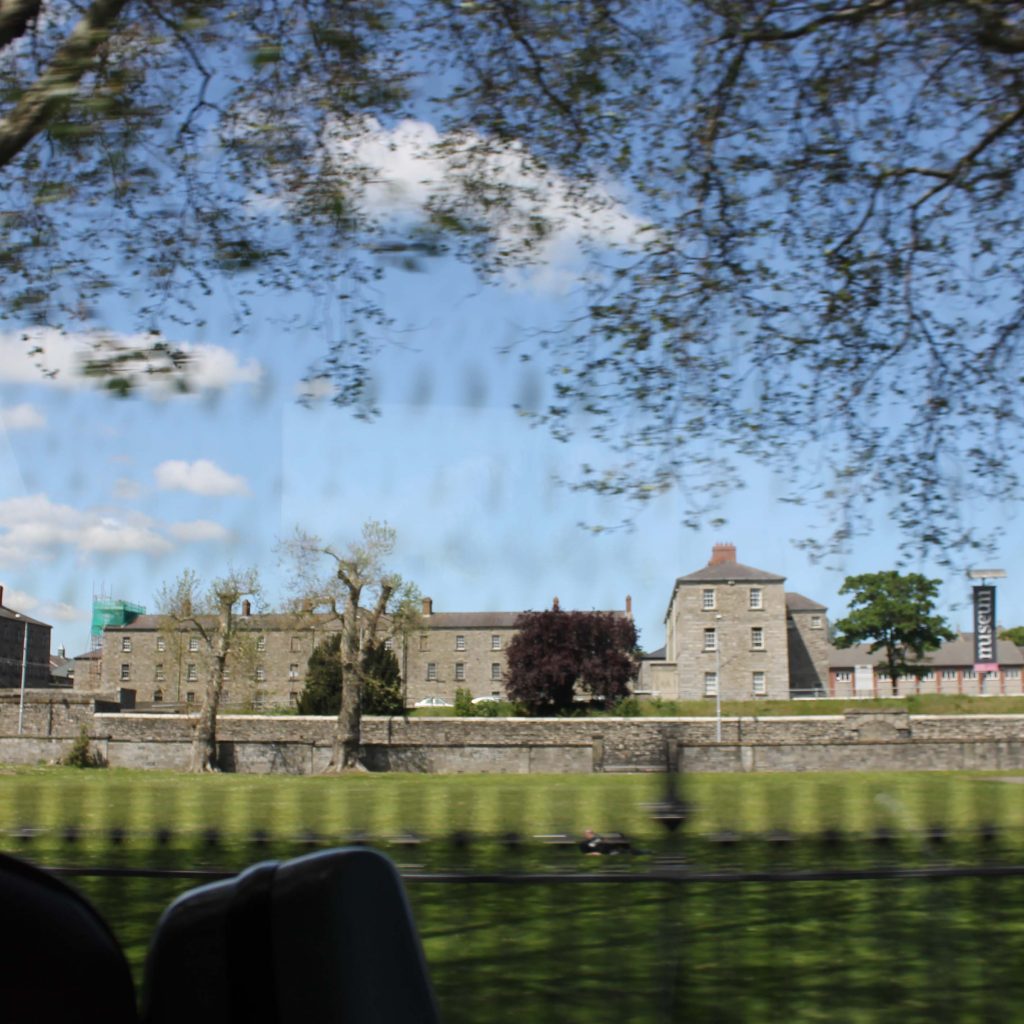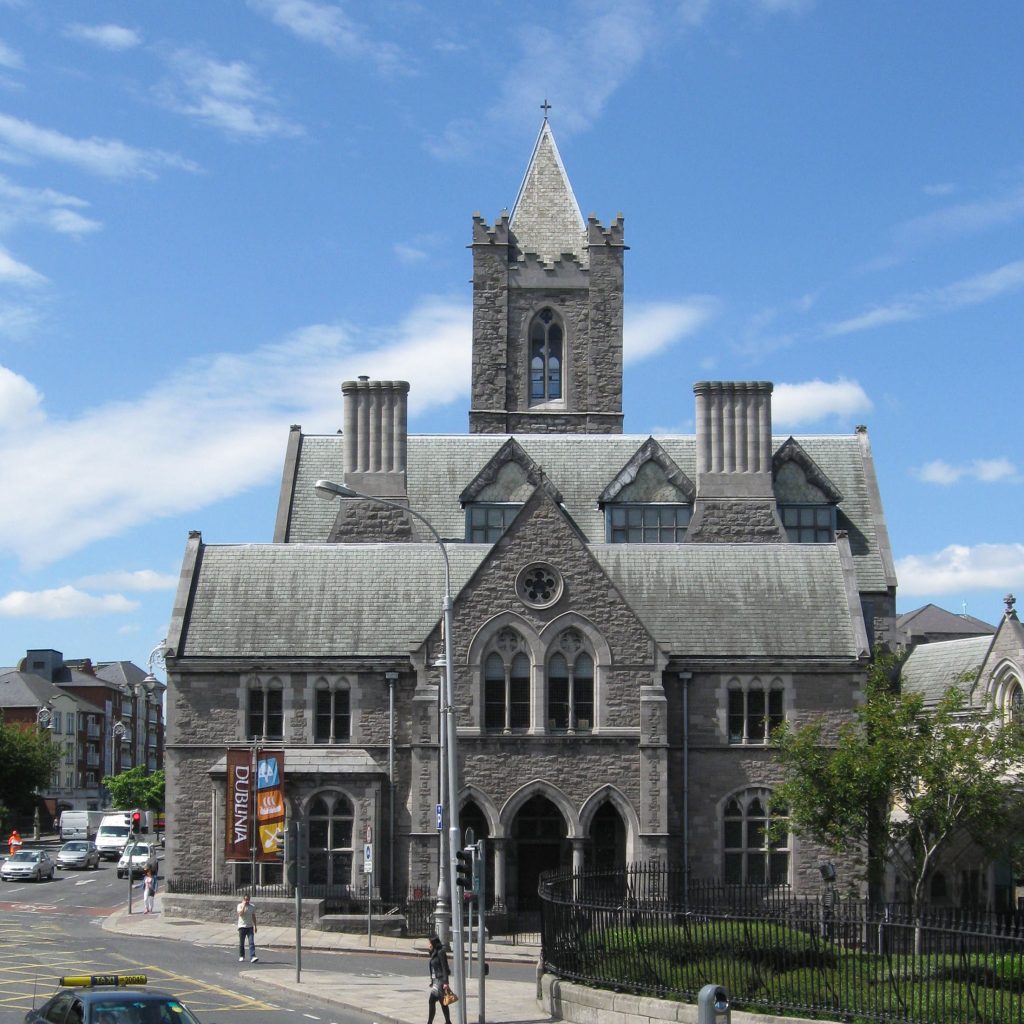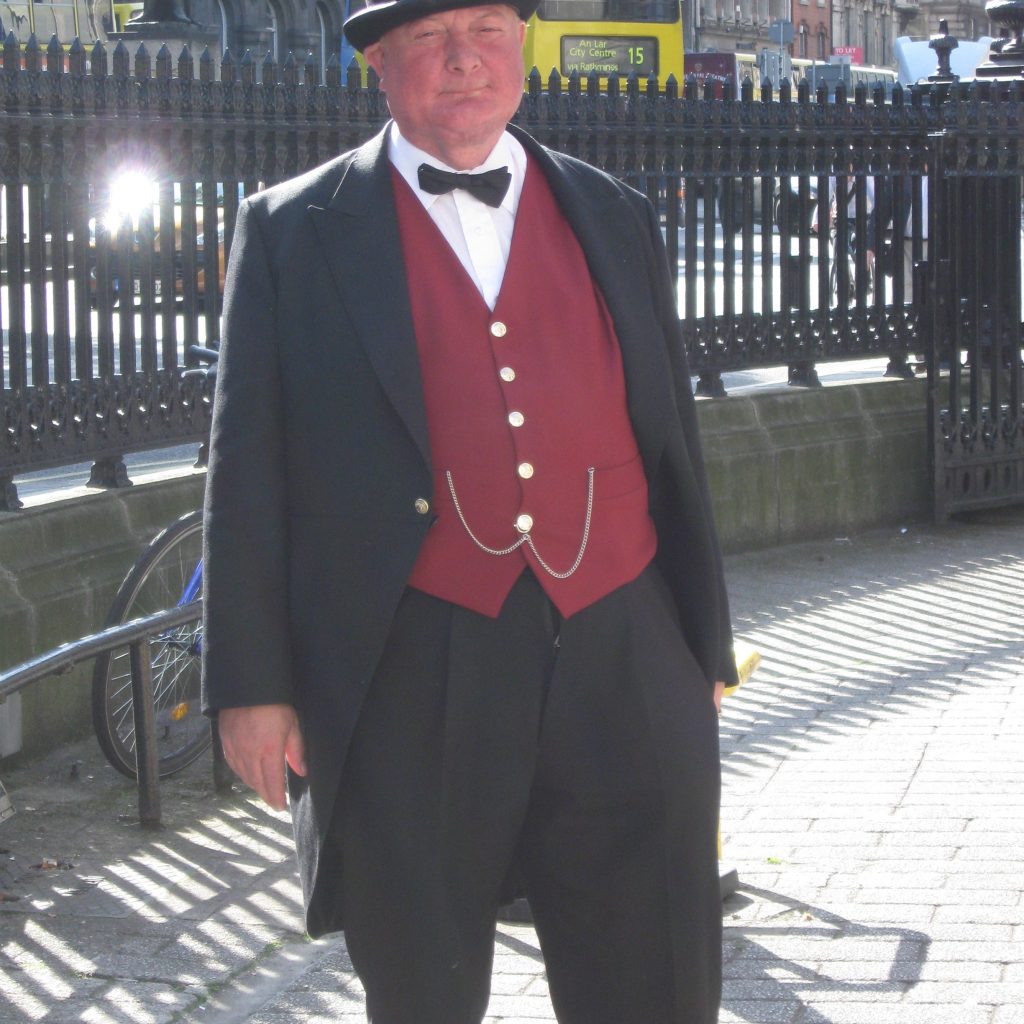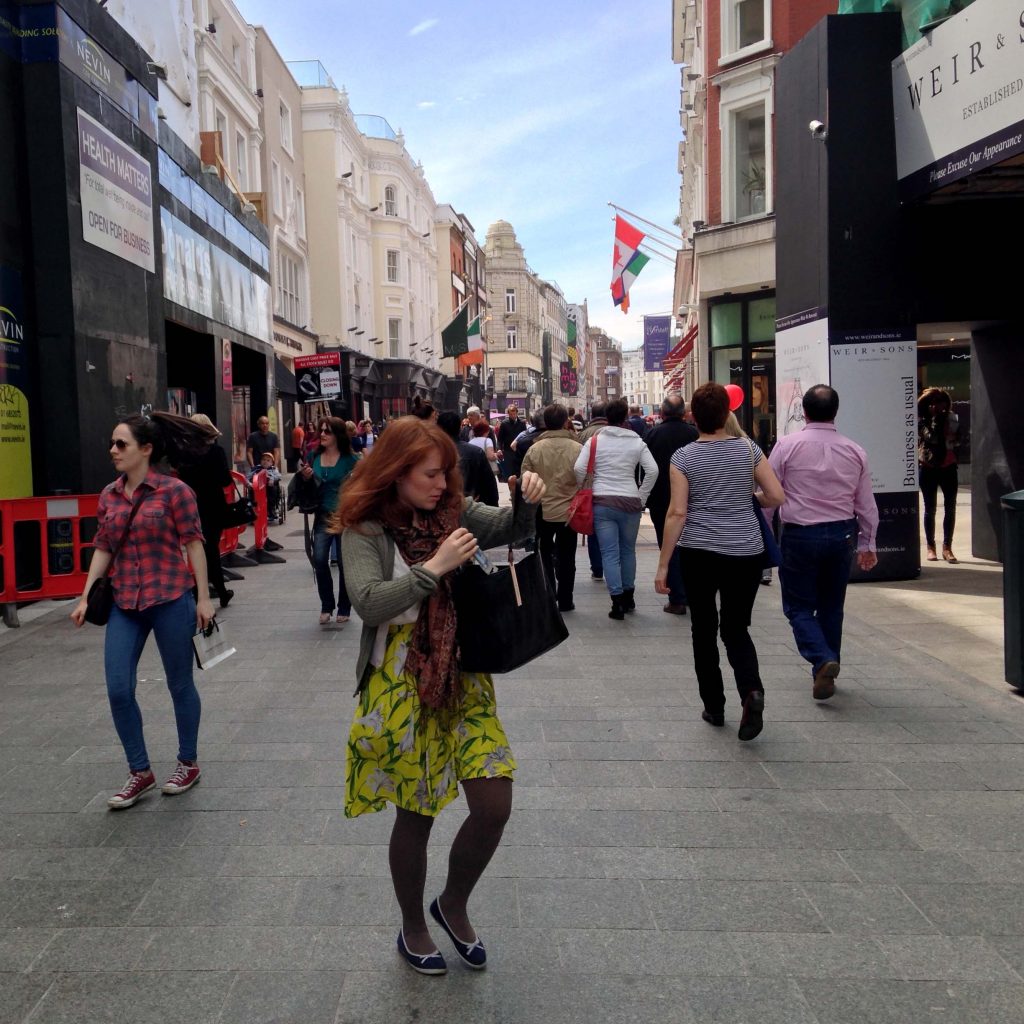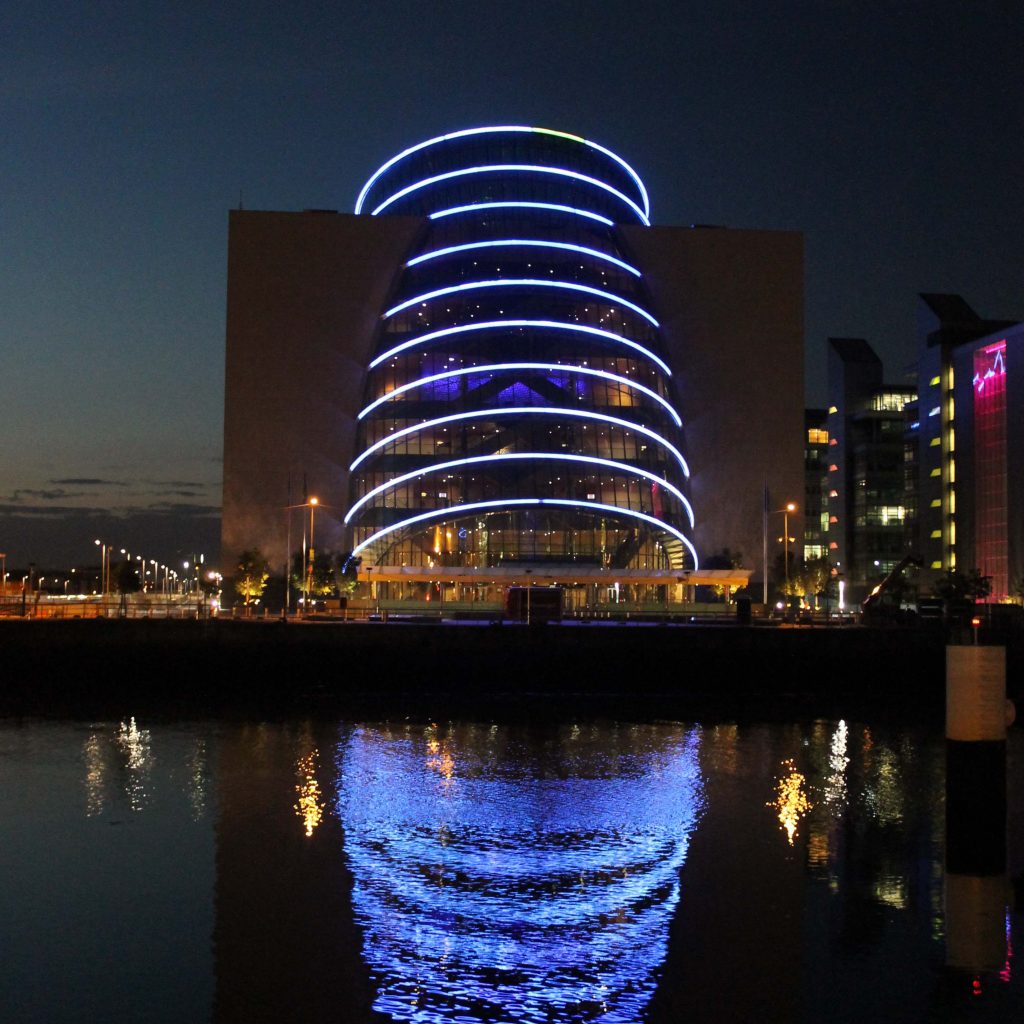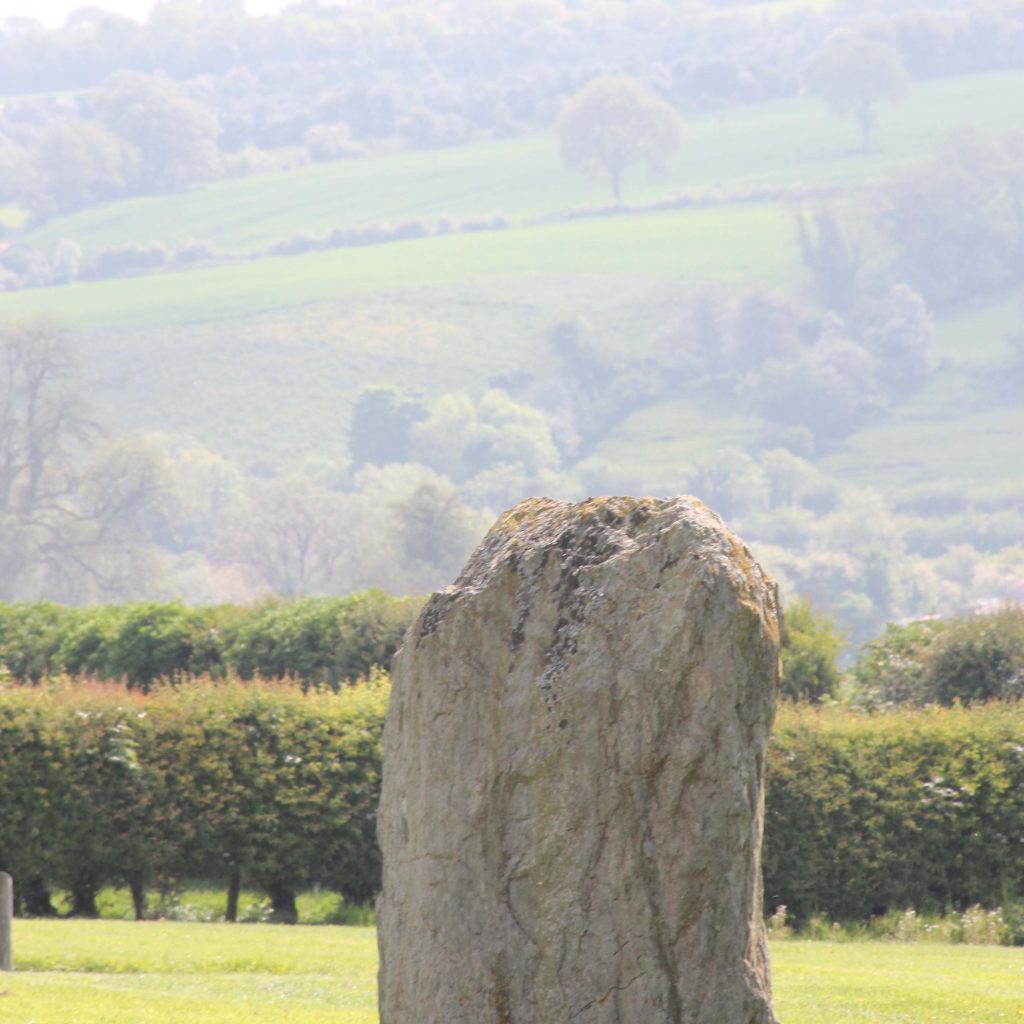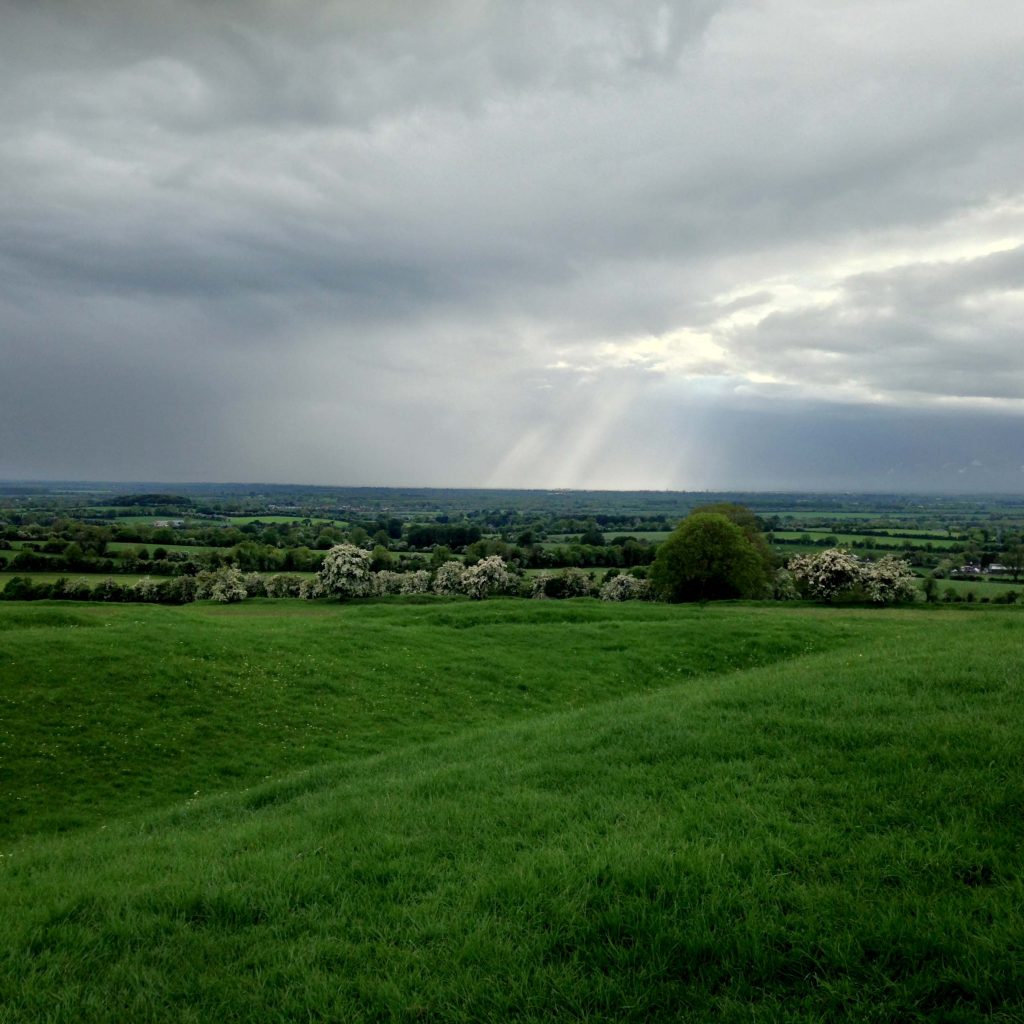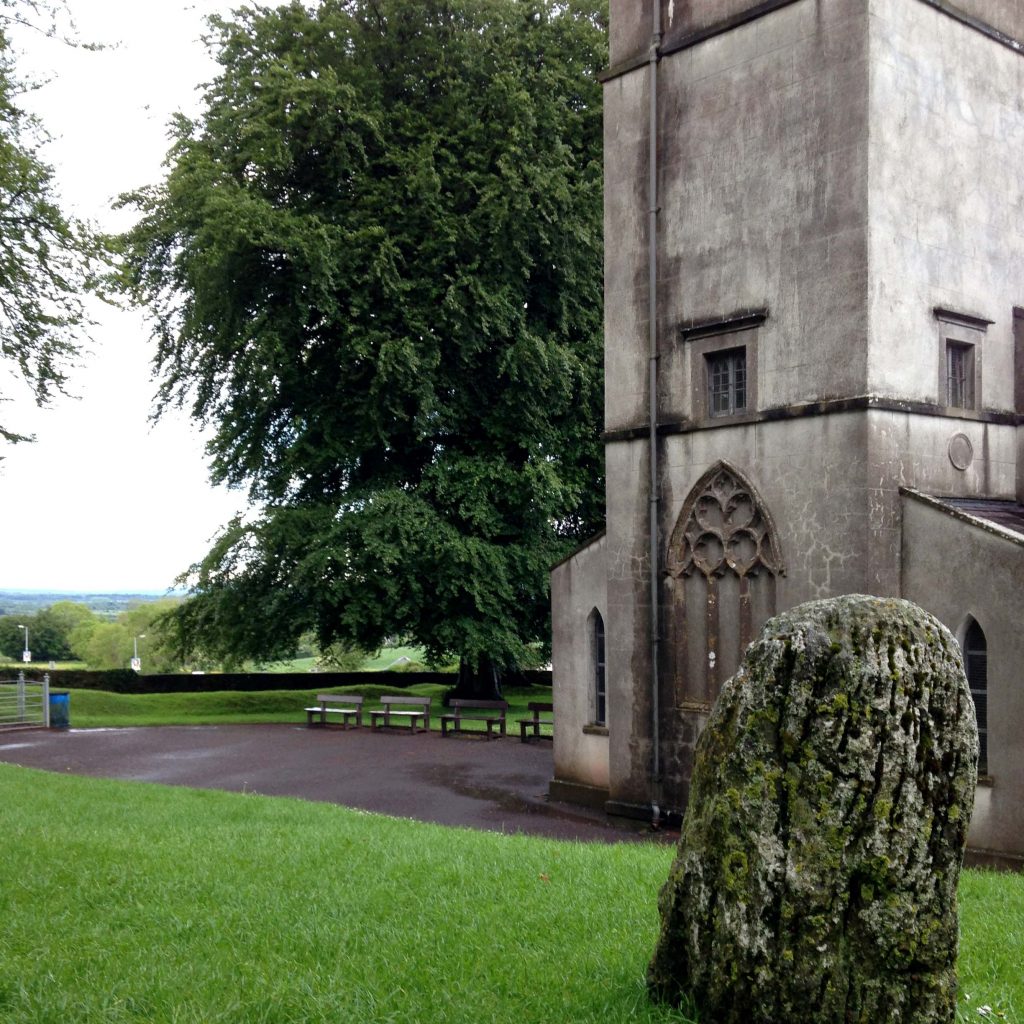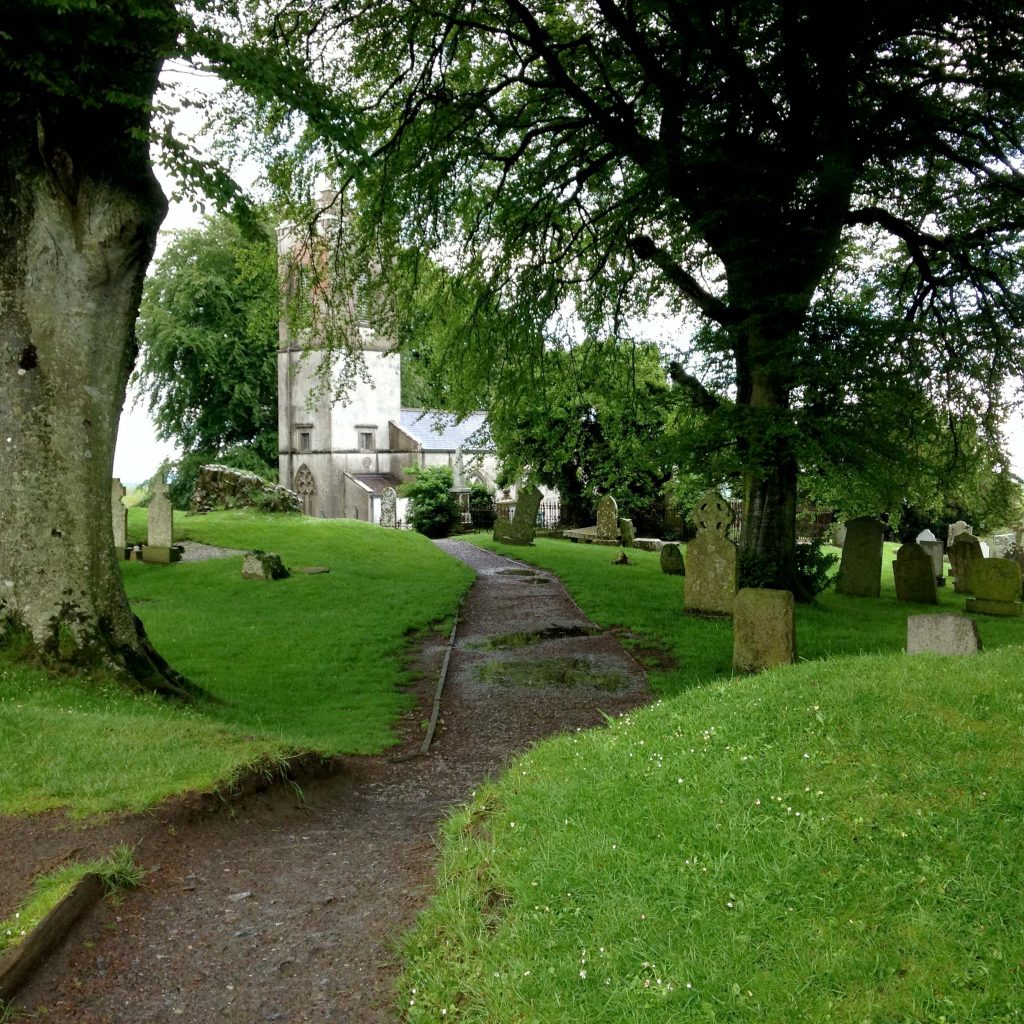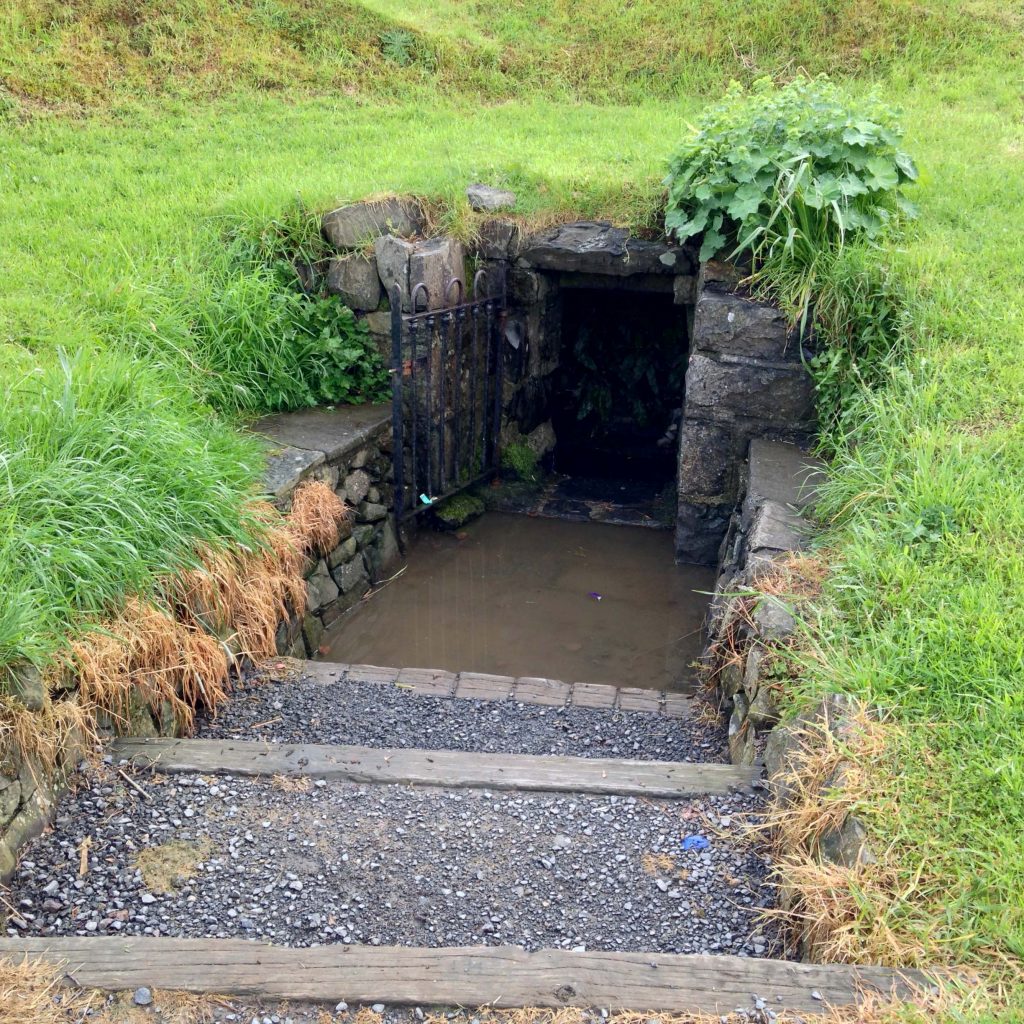
The Samuel Beckett Bridge along the Liffey pays homage to one of Ireland’s most famous playwrights and the country’s national symbol all at once. 
The Guinness factory is one of the famous landmarks of Ireland’s capital city.

Molly Malone, Dublin’s famous tart with the cart, stands in the Temple Bar section of town by the tourist office. 
Trinity College’s Long Library is one of the most stunning — and visited — libraries in the world. It is just upstairs from the dark room where the Book of Kells is on display.
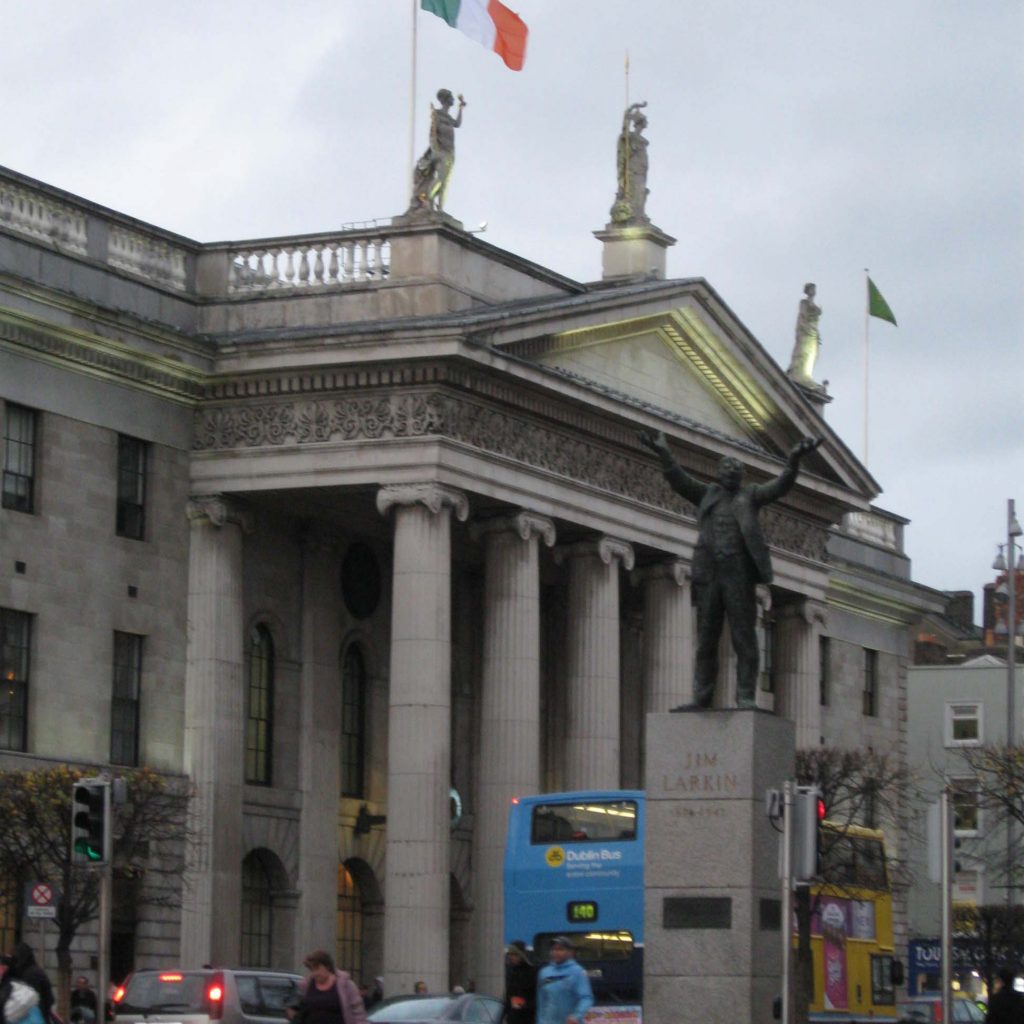

Single-family dwellings like this one are uncommon in Dublin. Most people live in apartments or row houses. 
Kilmainham Gaol was built in 1796. It is where the leaders of the 1916 rising were held and executed. 
Christ Church Cathedral is at the heart of medieval Dublin, and is the oldest of the city’s two cathedrals.
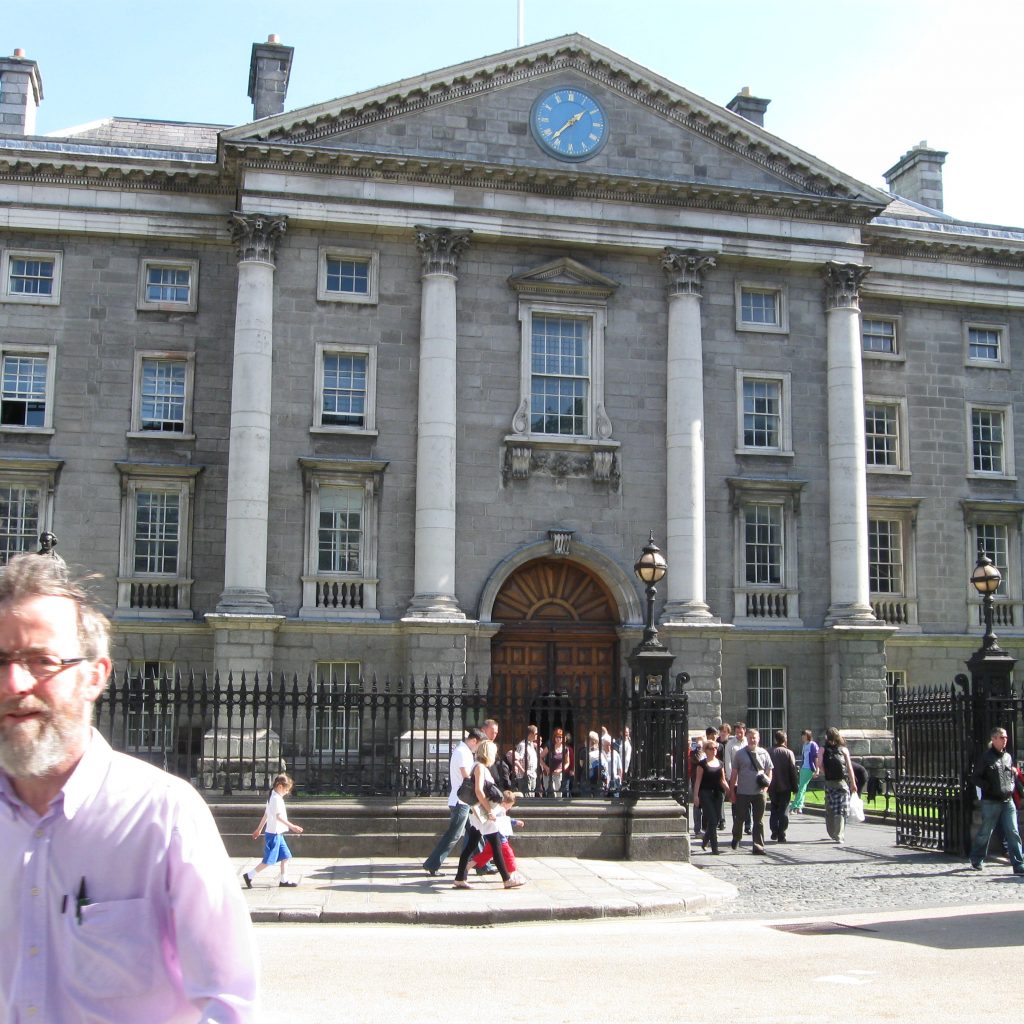


The American Ambassador’s official residence is in Phoenix Park, also home to the Irish White House. The amabassador is the only official so honored.

Grafton Street is Dublin’s best-known shipping district. 
One of the commercial buildings that line the Liffey.
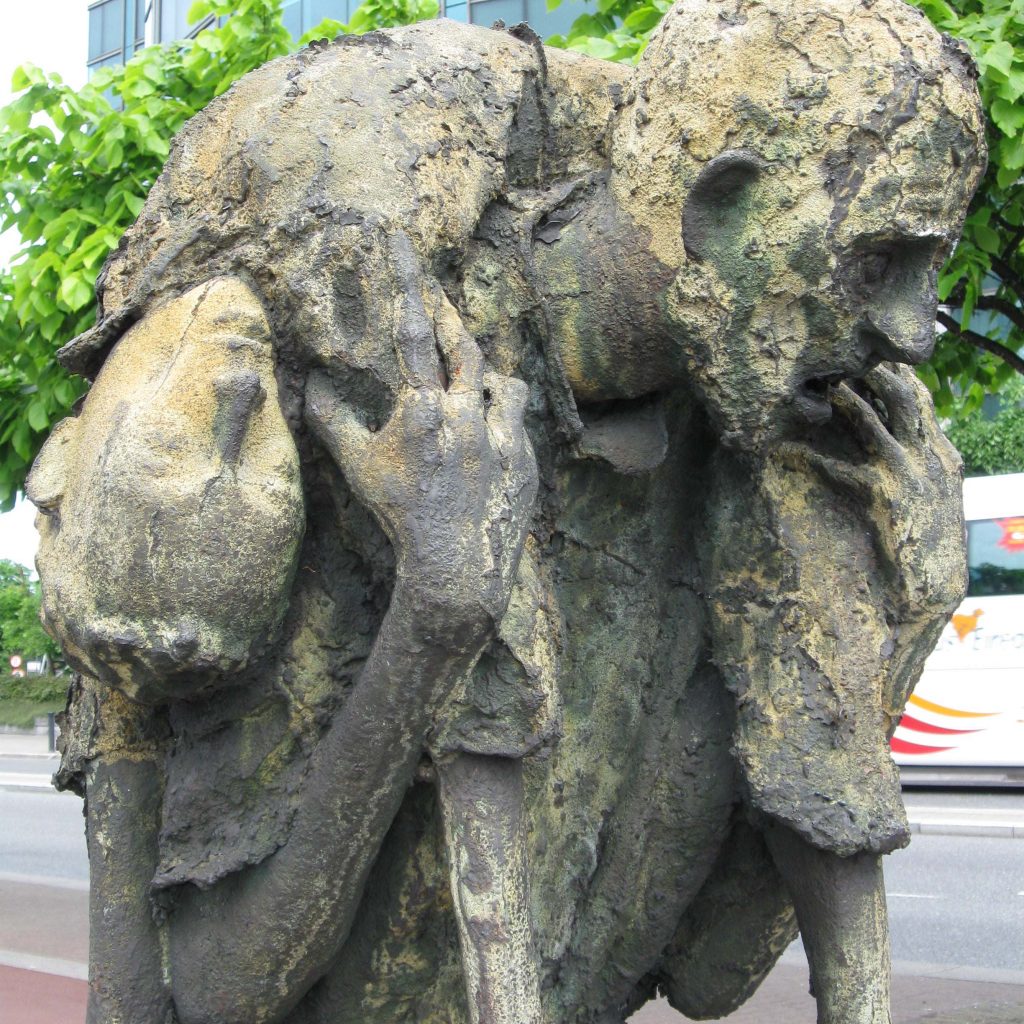
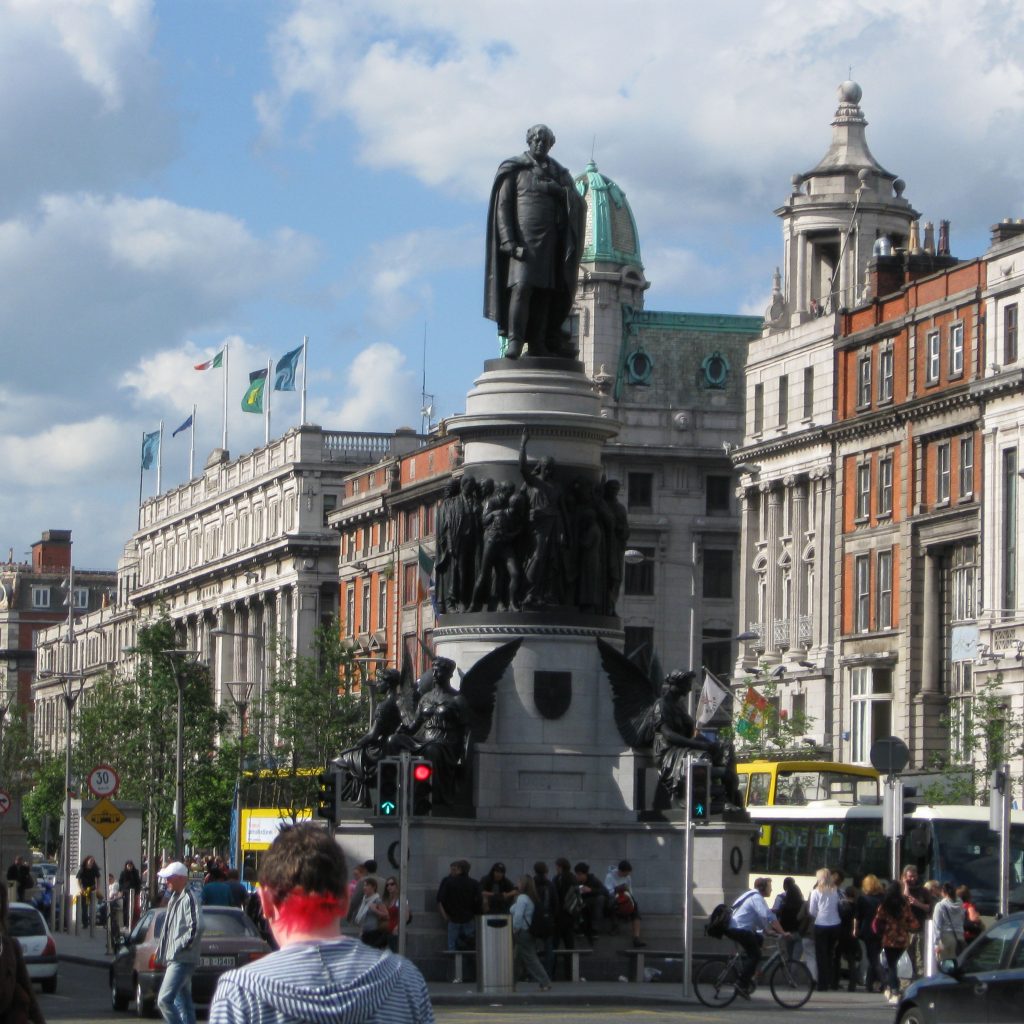
Newgrange
Newgrange passage tomb is older than the pyramids or Stonehenge. At the winter solstice, the sun shines directly into the main chamber, which is about six feel underground. Scientists debate the passage tomb’s exact use, but they know it had religious significance of some sort.
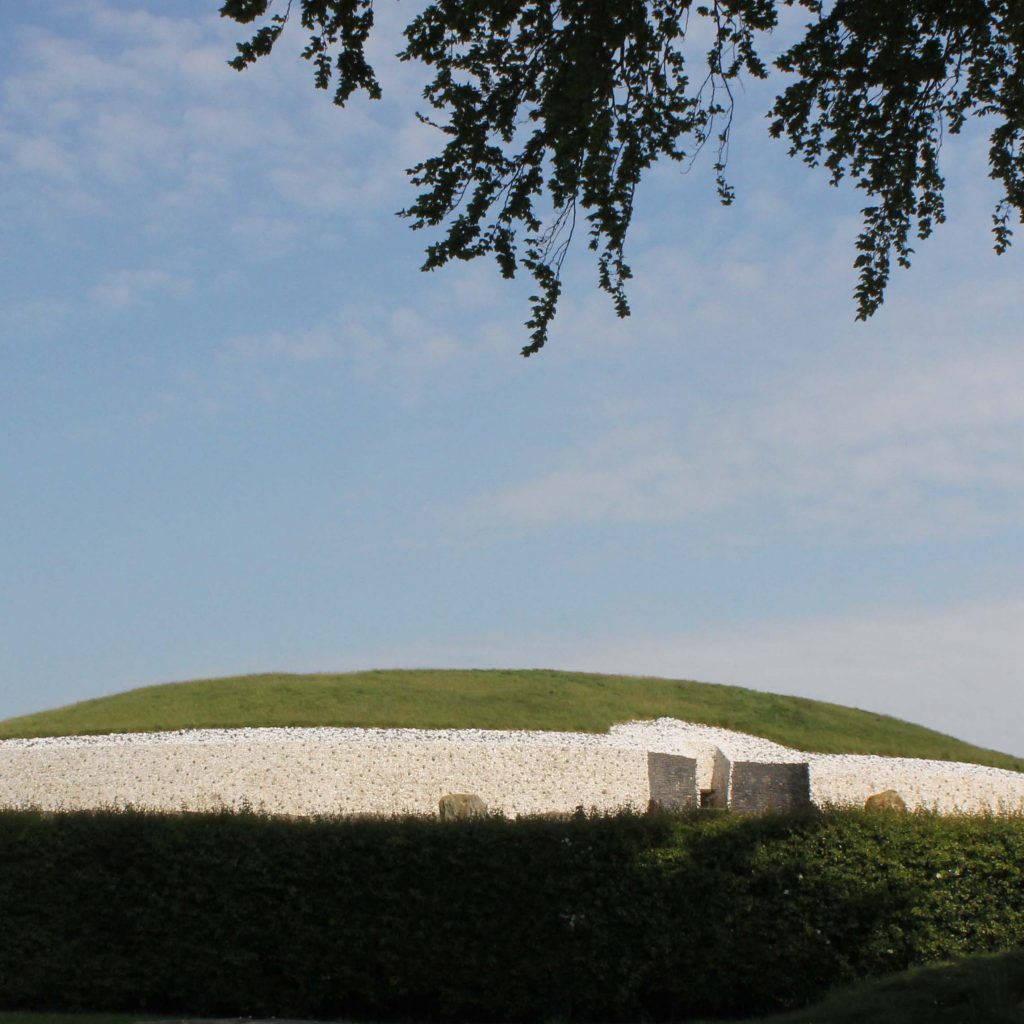

Standing stone outside of Newgrange. 
The entry stone, which stands at the entrance to Newgrange, is probably the best-known of the stones at the ancient passage tomb.
Hill of Tara
The Hill of Tara is an ancient burial and ceremonial site. It is traditionally considered the place where Irish high kings were made. The site contains about 20 ancient monuments and passage tombs, including the Mound of the Hostages. The Mound of the Hostages contains the cremated remains of hundreds of people. One of the monuments that stands between the ancient site and a more modern Christian church is said to help women become pregnant if they touch the stone.
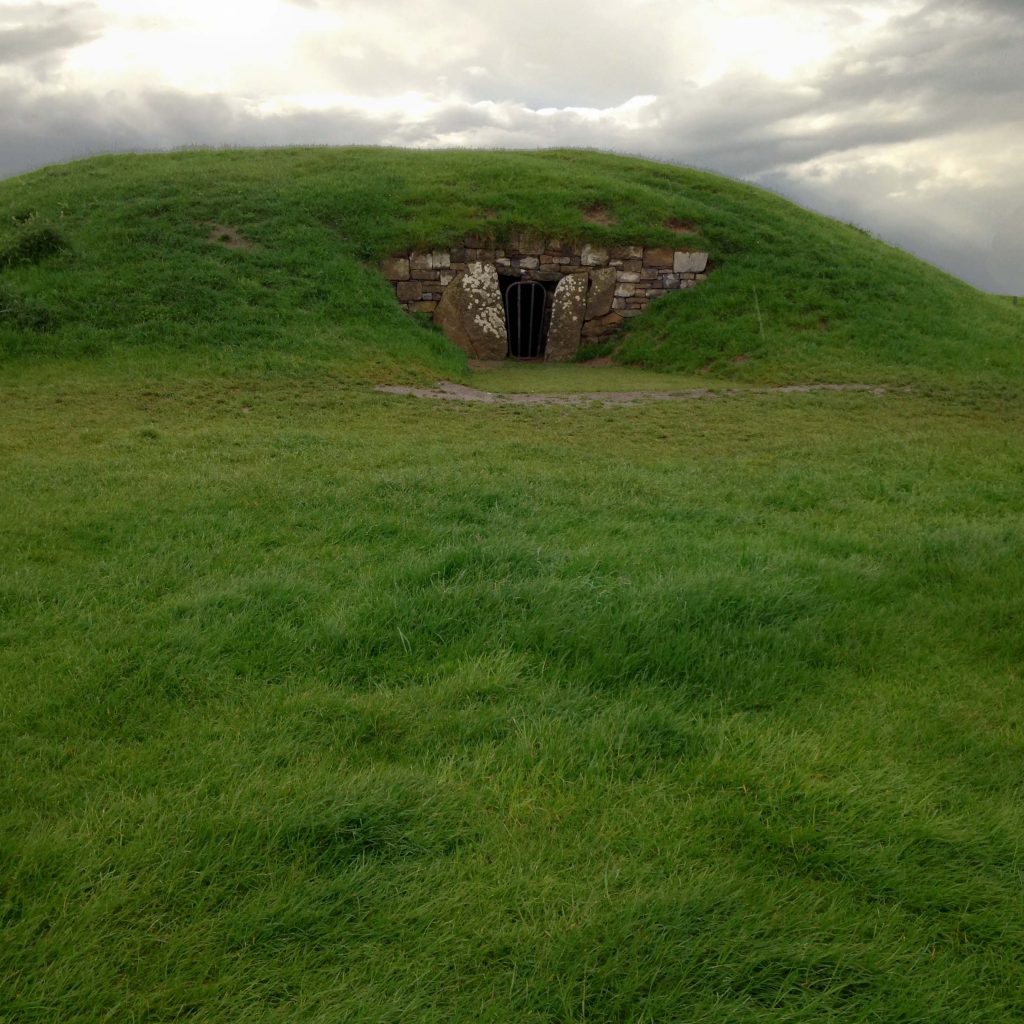

Looking out across the plane to the south of Tara. 
Rub this stone to become pregnant, according to legend.

A Christian church and cemetery were built on the site. 
According to legend, seven holy wells dot the Hill of Tara. This is one very near the road that runs past the hill.
Links

